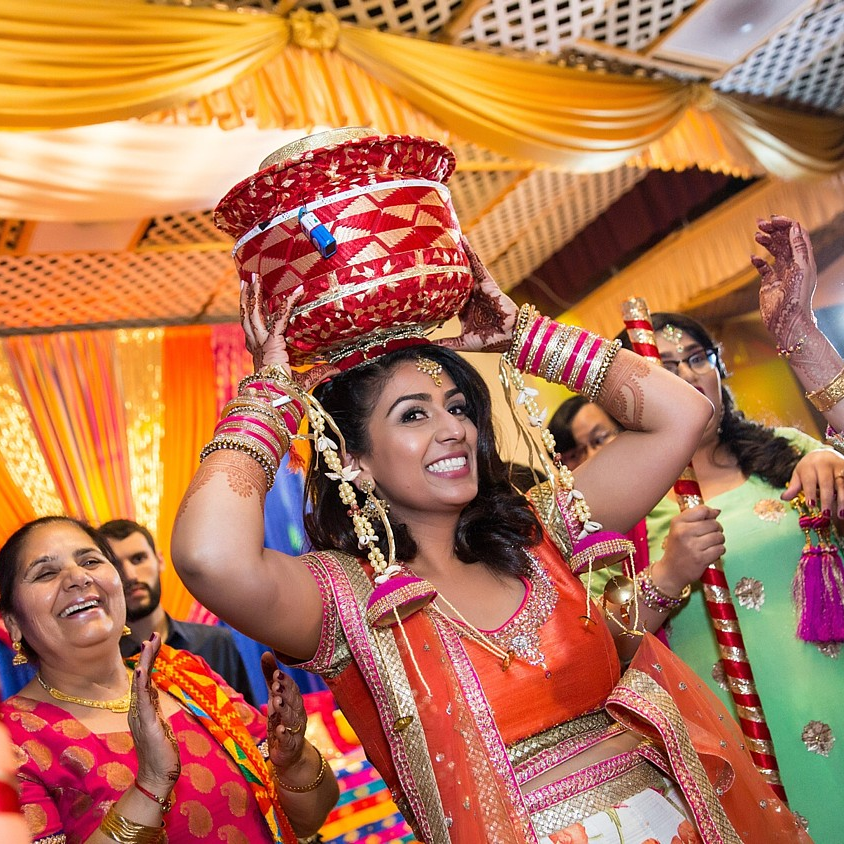
World class Bollywood entertainment
agency services at very affordable prices. We provide a vast entertainment directory including bollywood dancers, bhangra dancers, giddha dancers, bollywood string quartets, bollywood harpists, bollywood pianists, sitar players, tabla players, dholki players, bollywood singers etc. Our Asian live bands are extremely professional and will provide a night of wonderful entertainment for you and your guests...
Your number one Bollywood Event Company in the UK and Abroad. Whatever you are looking for in the way of entertainment we have it all here! We supply artists and entertainment services nationwide and internationally. Take a look at our new Showreel...here you will find just some of the vast range of services we have to offer!

A short description to what Bollywood is…Bollywood is the informal term popularly used for the hindi-language film industry based in Mumbai, India. The term is often incorrectly used to refer to the whole of Indian Cinema; it is only a part of the Indian film industry. (1) Bollywood is the largest film producer in India and one of the largest in the world. The name is a portmanteau of Bombay (the former name for Mumbai) and Hollywood.Bollywood is generally referred to as Hindi cinema, though frequent use of poetic Urdu words is fairly common. There has been a growing presence of Indian English in dialogue and songs as well. It is not uncommon to see films that feature dialogue with english words and phrases, or even whole sentences.

Navrati, Raas Garba, Dandiya is the most awaited traditional dance festival in India. A short description to what does mean? Garba is an Indian form of dance that originated in the Gujarat region. It is more similar to Western folk dance than to the presentational style of Indian Classical dances. The name garba comes from the Sanskrit term Garba ("womb") and Deep ("a small earthenware lamp"). Many traditional garbas are performed around a central lit lamp. The circular and spiral figures of Garba have similarities to other spiritual dances. Traditionally it is performed during the nine-day Hindu festival Navrati. Here in the UK, millions celebrate this festival during September/October which also runs for 9 days of singing and dancing. We have performed for this festival as far as Canada and we tend to get booked in blocks of either 5, 6, 7, 8 or the full 9 days, but doing the full 9 days can get a bit too much as you are likely to play almost non-stop for about 4-5 hours!


What is this exactly? Bhangra is a generic term that has been adopted to describe modern Asian Pop Music. However it is actually the correct term for the traditional Agricultural folk music originating from the Punjab region in the sub-continent of India. Traditional Bhangra has always played a major part in the life of the people and forms an integral part of the fabric of the society. Modern Bhangra began in the UK about twenty years ago and has its roots firmly in the traditional folk songs of the Punjab. Musically the traditional rhythms were adapted to modern musical instruments with the traditional Dhol, Dholkee, Tadh, Tumbi, Tabla and Sarangi providing the unique Bhangra sounds. The appeal to the young, first and second generation UK Asians was instant.
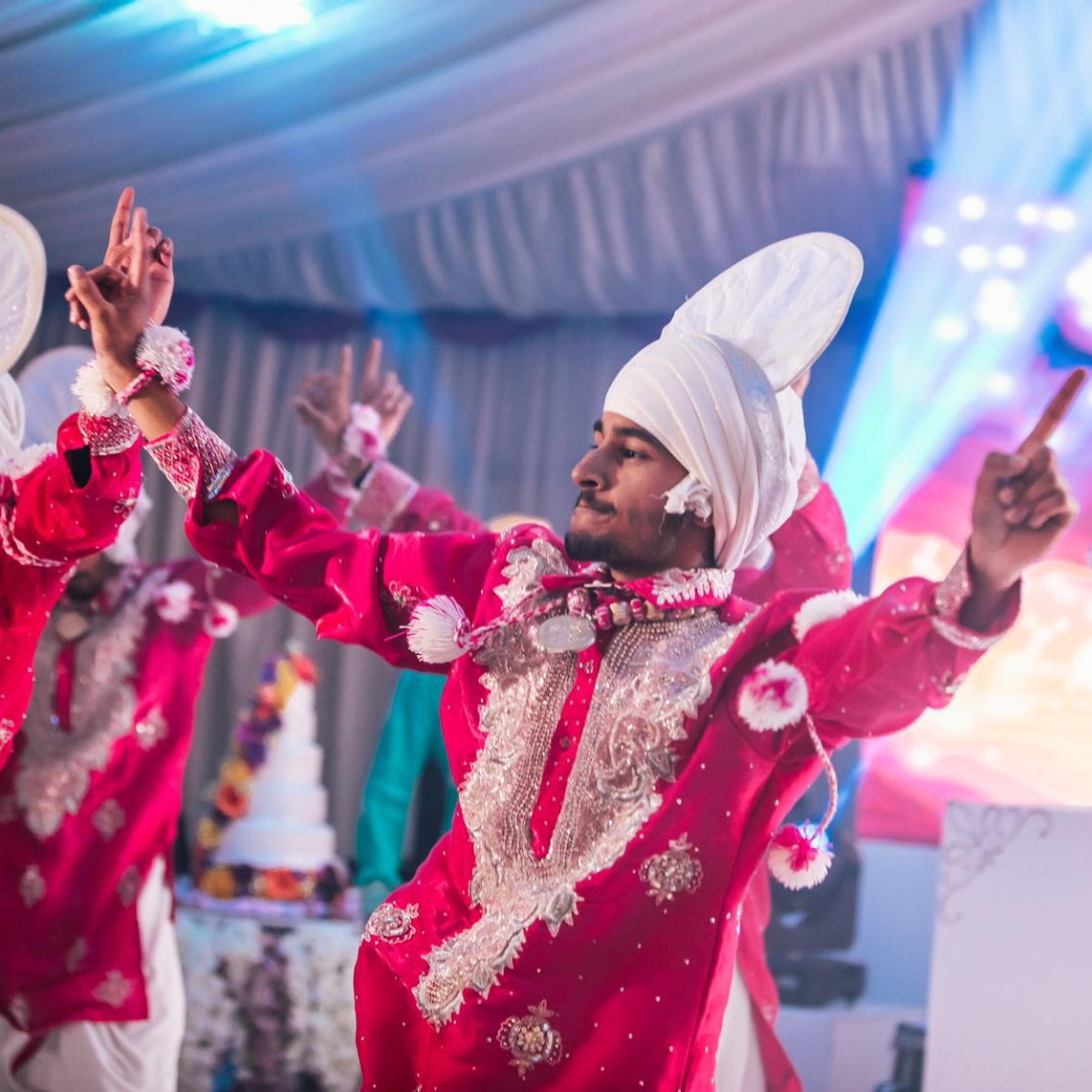
What is this exactly ? A mehfil is a gathering or evening of courtly entertainment of poetry or concert of Indian Classical Music (particularly Hindustani Classical Music) and dance, performed for a small audience in an intimate setting. Now from above, you can tell where some of the instruments and players now fall in, and this is quite a unique event as it’s all ‘unplugged’ so no electronic instruments are used apart from hand crafted natural instruments, like the Harmonium and Tabla’s.
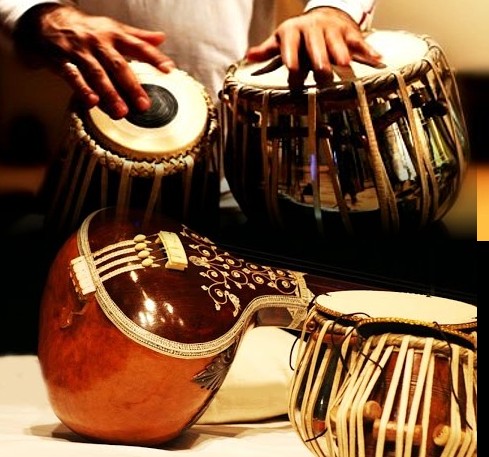

What is this exactly ? Henna is a paste created by the crushed leaves of henna plants, which have a natural staining ability, and added ingredients such as teas and herbs. The use of the paste to create body decoration, or "Mehndi Art," originated in India. Mehndi art has been used in India, Africa, and the Middle East for thousands of years and has long been used as a spiritual art to decorate the skin of brides for their marriage ceremonies. But, it has taken on a much more contemporary flair since it entered the tattoo industry here in the states about a decade ago. Giving the ability to create as individual and detailed a design as an ink tattoo without the permanency is causing henna tattoos to grow in popularity. They give all the fun of a tattoo without the commitment. The bride’s mendhi is admired by all that partake in the wedding ceremonies so it is important that the design is beautifully created. Whether it is elegant simplicity or elaborate intricacies you want, our Henna aritists have the creativity and skill to ensure your Mendhi is unique and stunning.
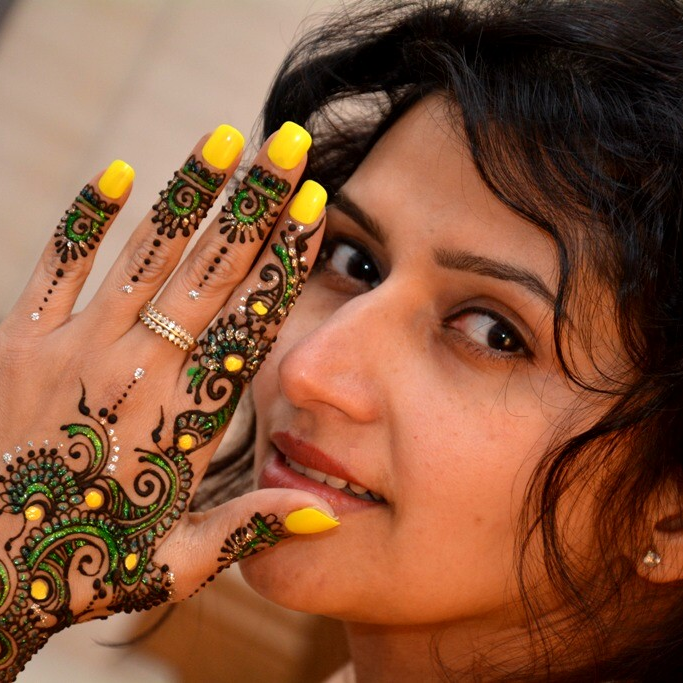
What is this exactly ? A sangeet is a ceremony prior to the wedding. This event takes place 2 or 3 days before a wedding in a Hall or if a small affair, then at home. Ladies are the only people to take part in the event. Some men are there if they are close to the bride or groom. During this event ladies will sing traditional songs, and joke around with guests. This event is also like a dinner and dance, because there is a lot of dancing and lots of food! The Sangeet is a good natured ribbing of the couples in-laws. Some Indian instruments like the accompany the joking. The dholki is like a two-sided drum. The Sangeet is also a good time for the wedding guests to get acquainted with each other. Sometimes the bride and groom will choose to hold a separate Sangeet to Ladies Sangeet. At the Sangeet both men and women can participate. It is a joyous occasion where the family and friends of the couple perform dances to celebrate the upcoming wedding.
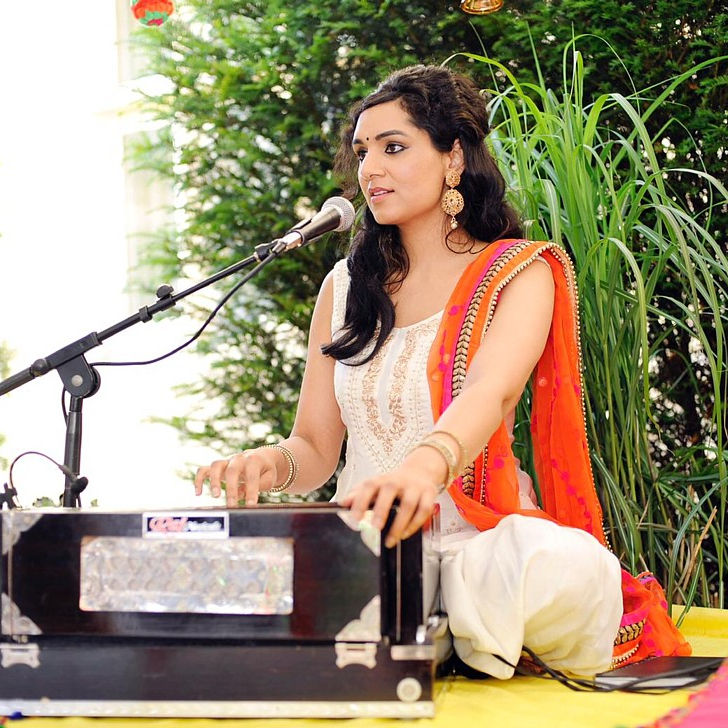

What is this exactly ? Ceremony During the day, children go from door to door singing folk songs in praise of Dulha Bhatti. These children are given sweets and savories, and occasionally, money. Turning them back empty-handed is regarded inauspicious. The collections gathered by the children are known as Lohri and consist of til, gachchak, crystal sugar, gur (jaggery), moongphali (peanuts) and phuliya or popcorn. Lohri is then distributed at night during the festival. Till, peanuts, popcorn and other food items are also thrown into the fire. The bonfire ceremony differs depending on the location in Punjab. In some parts, a small image of the Lohri goddess is made with gobar (cattle dung) decorating it, kindling a fire beneath it and chanting its praises. In other parts, the Lohri fire consists of cow dung and wood with no reference to the Lohri goddess. The bonfire is lit at sunset in the main village square. People toss sesame seeds, gur, sugar-candy and rewaries on the bonfire, sit around it, sing and dance till the fire dies out. Some people perform a prayer and go around the fire. This is to show respect to the natural element of fire. It is traditional to offer guests til, gachchak, gur, moongphali (peanuts) and phuliya or popcorn. Milk and water is also poured around the bonfire by Hindus. This ritual is performed for thanking the Sun God and seeking his continued protection. People take dying embers of the fire to their homes. Punjabi woman waiting to participate in Gidda While Lohri is essentially a Punjabi festival, it is celebrated in some other states of North India as well. In cities like Delhi, which have a predominant Punjabi population, Lohri is celebrated to denote the last of the coldest days of winter. Apart from Punjab, people from other northern Indian states of Haryana, Delhi, Himachal Pradesh and Jammu, become busy making preparations for Lohri. In houses that have recently had a marriage or childbirth, Lohri celebrations will reach a higher pitch of excitement. Punjabis usually have private Lohri celebrations, in their houses. Lohri rituals are performed, with the accompaniment of special Lohri songs. Singing and dancing form an intrinsic part of the celebrations. People wear their brightest clothes and come to dance the Bhangra and Gidda to the beat of the Dhol. Punjabi songs are sung, and everybody rejoices. Sarson ka saag and makki ki roti is usually served as the main course at a Lohri dinner. Lohri is a great occasion that holds great importance for farmers. However, people residing in urban areas also celebrate Lohri, as this festival provides the opportunity to interact with family and friends.
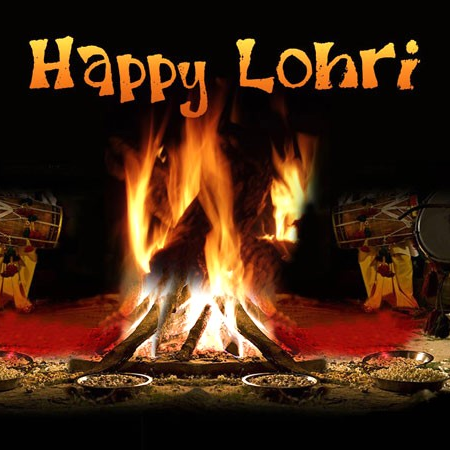
What is this exactly ? Jaago is a beautiful Punjabi cultural celebration to ensure conjugal bliss Punjabi culture does not merely symbolize the ancient Sikh legacy. The industrious Punjabis like to have a bit of fun at the end of a hard day’s work and thus their culture abounds in lively music and colorful dances. Jaago, a dance that is performed to celebrate the wedding festivities deserves special mention. The term ‘Jaago’ in Hindi literally means to ‘wake up’. Like its connotation, this popular dance tends to arouse the members of a household where a marriage is in progress. The young and frivolous girls of the family, where is a wedding is about to take place dance gaily through the village streets carrying a pot of jaggery decorated with illuminated candles and loudly chant the jaago tunes. The social verses are almost usually aimed at elders and have a slight teasing and witty tone. The night before the consumption of the nuptial vows, the female relatives and friends of the bridegroom prepare a ‘Jaago’ on the balconies on a myriad of surfaces. Lamps are made out of dough consisting of wheat flour in the pattern of stars. They are then filled with ghee or oil and the cotton wicks are lit. This model is then placed on the head of the of groom's mothers' brothers' wife who leads the bevy of women folk who gaily sing, dance and frolic about the groom’s village. They visit the groom’s neighbors and accept humble gifts of food, grain and ghee for the lamps as blessings for the couple and spend nights rejoicing in gaiety and merriment.
